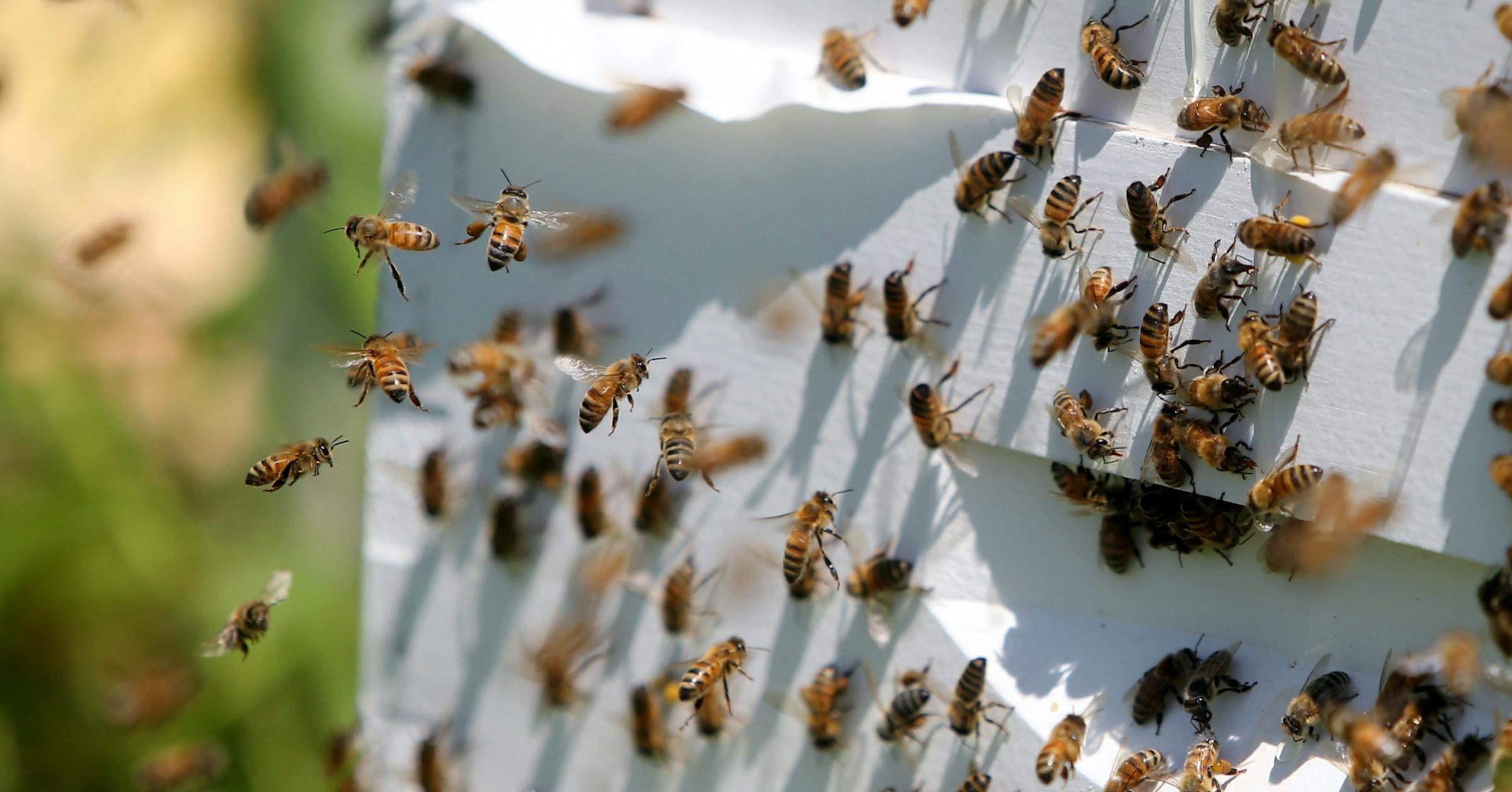The Disappearing Bees of Minnesota: A Crisis Unveiled
The Mystery of Vanishing Hives

Beekeepers across Minnesota, like those in Orono, have been confounded by the sudden disappearance of their hives. While such occurrences aren't unprecedented, the scale and timing this year have sparked significant concerns. The situation prompted Dr. Marla Spivak, a renowned entomologist at the University of Minnesota, to delve deeper into the causative factors.
Impact of Mites and Climatic Changes
Varroa mites, parasitic pests known for their devastating impact on honeybee populations, have exacerbated the problem this year. A prolonged autumn warmth has allowed queen bees to extend their egg-laying period beyond normal, creating a perfect breeding ground for mites to thrive.
"If we’re not vigilant, we could face a substantial decline in bee populations across the country," said Dr. Spivak in an interview with the Star Tribune.
Consequences for Agriculture and Ecosystems
The disappearance of honeybees, vital pollinators in agriculture, poses severe risks to crop production. Farmers rely on these insects for the pollination of key crops, including soybeans, apples, and blueberries. With honeybees under threat, the future of these crops—and by extension, the agricultural economy—looks uncertain.
- Reduced pollination of crops leads to lower yields.
- Increased dependency on artificial pollination methods.
- Higher costs for farmers and consumers owing to decreased productivity.
Efforts to Mitigate the Crisis
Several initiatives are underway to combat this issue. From breeding mite-resistant bee strains to promoting practices that reduce mite infestations, beekeepers are actively seeking solutions. Additionally, there are efforts to educate the public on the importance of preserving these crucial pollinators.
For those interested in supporting bee conservation, products such as beekeeping starter kits or bee-friendly garden plants can be a great way to contribute.
The Need for Further Research
Recognizing the urgency of this environmental crisis, research institutions are prioritizing studies on the effects of climate change and parasitic threats on bees. The findings from such research could inform future strategies for mitigating similar crises in other regions.
Readers can stay updated on developments in beekeeping and environmental sustainability by following platforms like University of Minnesota's LinkedIn page or subscribing to bee research newsletters.
As we continue to witness unusual bee behavior and hive collapses, understanding and addressing these challenges with innovation and community action remains critical. This story is a reminder of the intricate link between environmental changes and agricultural vitality, demanding prompt and concerted action from all stakeholders.
